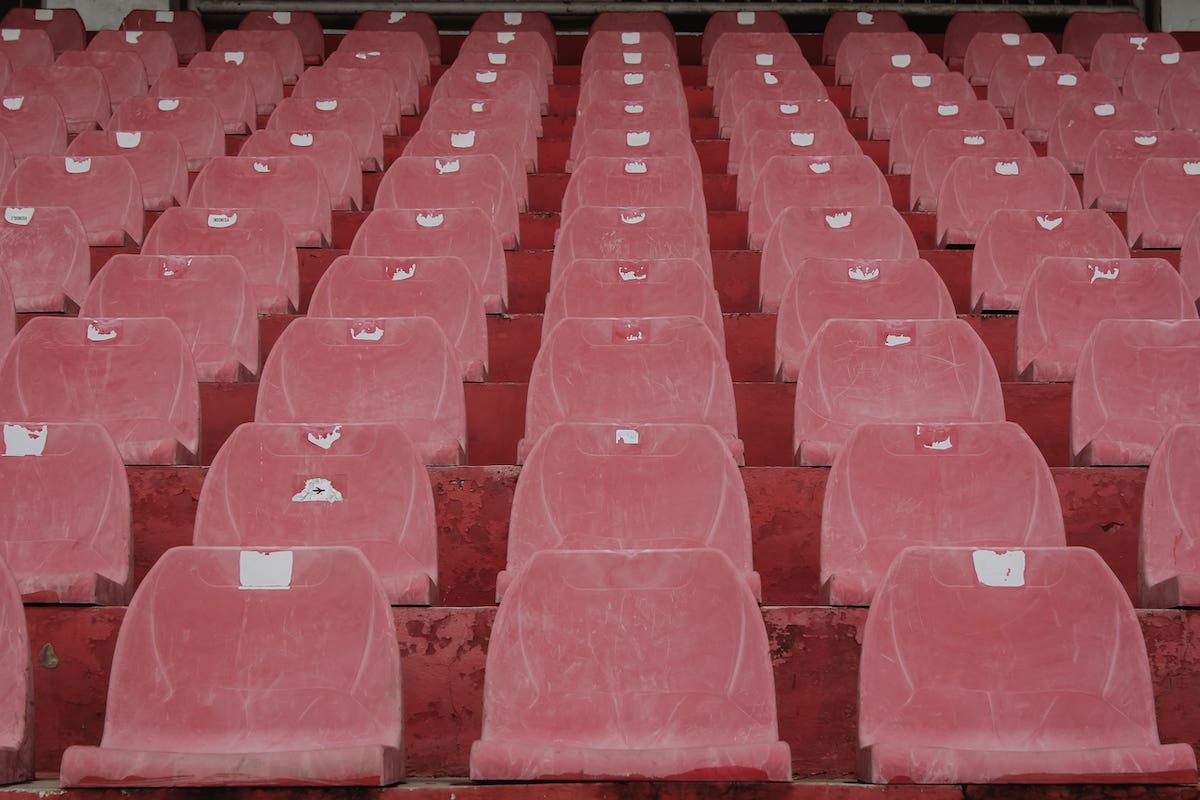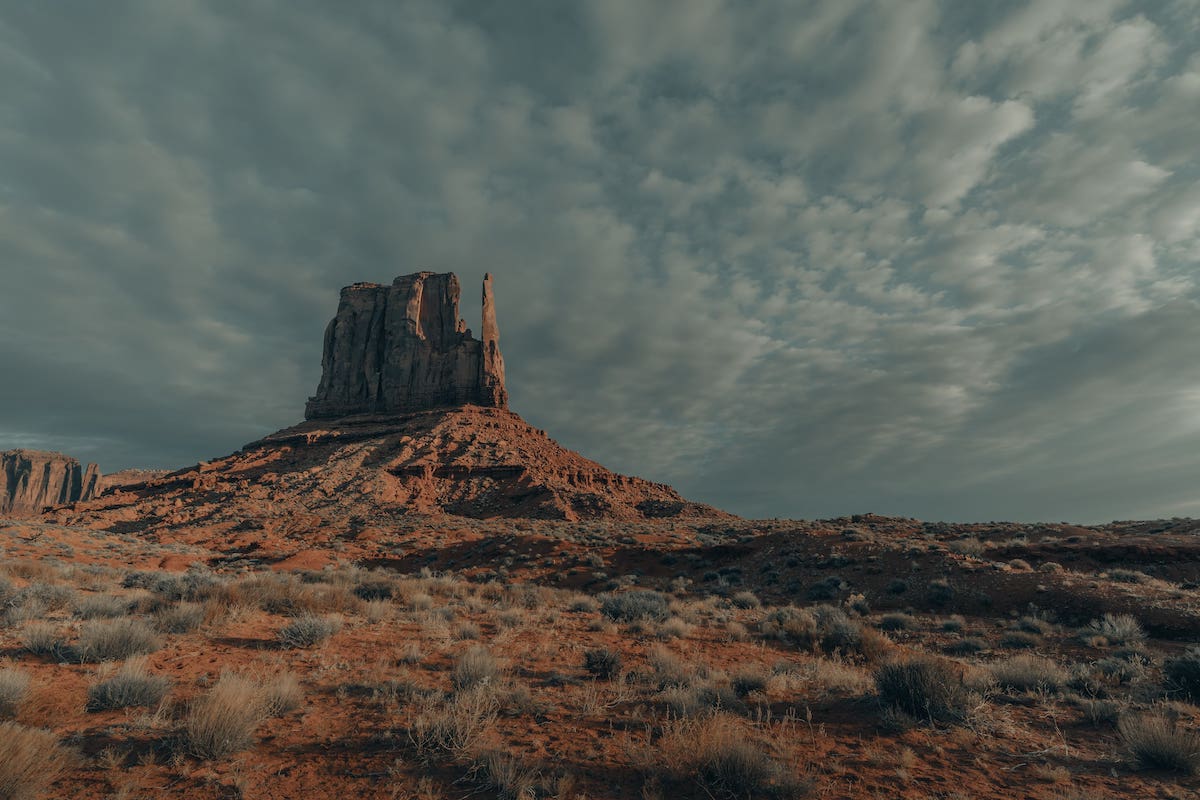Explore the 9 Rules for Mastering Your Composition in Photography
Hire film gear from local filmmakers.

Hire film gear from local filmmakers.
Do you love taking pictures but just can't get it right?
You might be messing up your composition. The composition of a photo is vital. Messing it up will leave it looking unfinished.
This article will learn everything you need to know about photo composition!
What is photo composition?
When a photographer is talking about photo composition, they're essentially talking about the arrangement of visual elements in a photo.
Great photo composition is one of the most important things a photographer can learn because it can make a photo great, even with a 'bad' camera.
Without the proper composition, the photo will lack depth, and there will be nothing to lead the viewers. This will create a very flat experience when looking at a picture.
Why is composition in photography important?
- It affects the way your picture is perceived
- Provides focal points
- Leads the viewer's eyes
- Provides visual balance
- Drives the story behind the image
- Provides visual anchors for the viewer

9 rules of composition in photography
Composition in photography can be hard to remember. Everything's easier to remember with some rule of thumb.
That's why we've come up with nine rules of composition in photography!
1. Use the rule of thirds
If you're not sure how to set up the composition of your photographs, consider using the rule of thirds.
The rule of thirds is a photography rule that is great for beginners. Essentially you should look at your frame as a 3x3 grid which usually can be seen on your camera's viewfinder.
Imagine the image is divided by two horizontal and two vertical lines.
You would then want to position your subject/point of interest at the intersection points of the grid where the horizontal and vertical lines meet.
This adds a nice balance to your image and gives it a more exciting look. It also creates focal points for the viewers' eyes to rest upon.
If you have a modern camera, you should be able to see the rule of thirds grid directly on your LCD screen. This is also possible on most smartphones.
2. Balance your images
Once you've found the star or main subject of your image, you need to consider how the rest of the background and middle ground will look.
Let's pretend that you've got your subject lined up at one of the intersections following the rule of thirds, but the background is all dull looking.
You should then find something in the background, a building, or some other point of interest that will not lead the focus away from your main subject. It will, however, add balance to your image, add some depth, and generally make it look more attractive.
In large parts, the composition is mostly about balancing the different elements in an image and giving each the proper role and visual weight. Once you've mastered that, everything else should come easy.
3. Work with leading lines, focus, and depth of field
When taking a picture, consider if there are any leading lines. As humans, we are naturally drawn to lines when looking at a painting or an image.
For example, if you have a road or a river in the background, it can be used as a leading line to your main subject.
It doesn't have to lead to the main subject; it can also be a river that runs through the photo and leads the viewer through the entire image.

4. Find a suitable point of view
Once you've found what you want to photograph, consider the difference the point of view will be for your image. By changing the point of view, you can change the entire meaning.
For example, if you're taking a picture of a presidential rally, the photograph can have different meanings depending on where you are. If you're taking the image behind the president, it's vastly different from taking the picture from the crowd.
The point of view is essential and something you always have to have in mind when you're shooting pictures. Try to take the picture from different points of view, so you have some excellent results to choose between afterward.
5. Consider space within your frame
Consider how much space you're leaving in your photos when taking a picture. This refers back to the rule of balancing things and finding the right amount of space and visual elements in your frame.
If your subject is leaving the frame, consider leaving some space in the front of the picture to make it more dynamic.
Furthermore, keep the subject on the opposite side of where they're moving. So if they're moving left, keep them on the right side, leaving space on the left side.
There are many ways to work with space in your and not overflood your pictures with too many elements. It's all a matter of trying to improve.
6. Refer to gestalt theory
Gestalt theory refers to how humans perceive patterns or configurations rather than individual components. It essentially means that you should keep in mind that "the whole is more than the sum of its parts."
You can focus on the following principles: Similarity, Closure, Continuity, Proximity, and Figure.
- Similarity is when you group subjects that share likeness in color, size, texture, or something similar.
- Closure refers to how our brains try to complete shapes that don't exist. That means that we don't need all information to understand the image.
- Continuity refers to the shapes and lines in your image. Essentially you want your lines to lead into the shapes to create a nice continuity.
- Proximity refers to how you're grouping things by using different techniques or just a lot of distance from the subject. E.g., if you take a picture of a skyline, the buildings can be far apart but will look close in proximity.
- Figure refers to how you arrange your photo with your main subject. You generally want your main subject to be in an environment and composed in a way that makes it the dominant part of the picture.

7. Look for symmetry and patterns
Looking for symmetry can also be referred to as part of the gestalt theory. People love order, and symmetry is an excellent way to create order in a photo.
Try to look for patterns or symmetrical elements that can make your picture look nice and orderly.
E.g., you could take a picture of a lake with the reflection creating a nice symmetry.
8. Include objects in the fore-, middle-, and background for depth
Try to include different things in the fore-, middle-, and background to create more depth in the picture.
Consider your main subject and how you can frame it in the picture to give the image extra depth. This is easier when you're shooting in nature, as you will have plenty of chances to catch lovely scenery in the background.
For example, if you're in a place with hills or mountains, you've got your background, and you've just got to find something nice in the foreground, like an animal or a person, to add depth to the picture. Depth will instantly make the photograph more satisfying to look at.
9. Crop your images in post-production
Last but not least, invest time in your post-production. You might not nail your composition while shooting, but that doesn't mean the picture is ruined.
With post-production, you can make major or minor adjustments to the composition.
You do this by cropping the photo or dragging it around to make it look better.

Become a better photographer
I hope you learned a thing or two about the composition of a photograph!
If you want to learn more techniques for your pictures, you can read our article on photography. Here you'll learn everything you need to know about different camera techniques!
What is composition in photography?
The arrangement of visual elements in a photo.
Why is composition important in photography?
It affects the way your picture is perceived, leads the viewer's eyes, and provides a visual balance.
What are the 9 rules of composition in photography?
1. Use the rule of thirds
2. Balance your images
3. Work with leading lines, focus, and depth of field
4.
Find a suitable point of view
5. Consider space within your frame
6. Refer to gestalt theory
7. Look for symmetry and patterns
8. Include objects in the fore-, middle-, and background for depth
9. Crop your images in post-production.






















